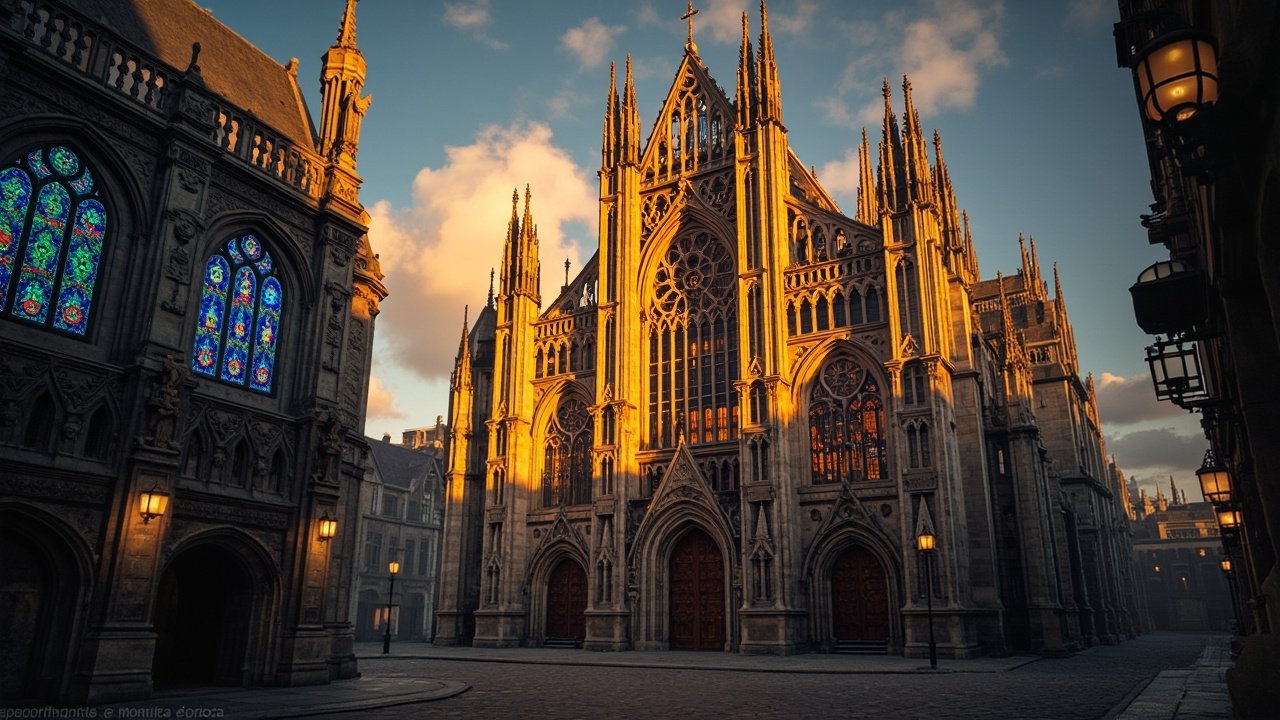
A Sacred Legacy Reawakened
For centuries, the sacred practice of using anointing oil has stood as a physical representation of God’s presence, healing, and sanctification. From the consecration of kings and priests to the quiet prayers of a grieving mother, oil has long been used as a divine tool to set apart, protect, and bless. But somewhere along the way, we lost the personal connection. We began outsourcing the sacred. What was once a holy ritual became commercial, mechanical—even superstitious.
This post isn’t just a how-to. It’s a reminder: You can anoint your home, your children, your body, and your heart—with faith, scripture, and oil. Not as a ritual, but as a response to the presence of God.
📖 What the Bible Really Says About Anointing Oil
Anointing oil first appears in Exodus 30:22–25, where God gives Moses a sacred recipe:
“Take the finest spices: 500 shekels of liquid myrrh, 250 shekels of fragrant cinnamon, 250 shekels of fragrant calamus, 500 shekels of cassia, and a hin of olive oil… It will be holy anointing oil.”
This oil was used to consecrate the tabernacle, the Ark, the priests. It was never meant for common or casual use.
In the New Testament, oil takes on a more intimate role:
“Is anyone among you sick? Let them call the elders of the church to pray over them and anoint them with oil in the name of the Lord.” — James 5:14
Here, oil is both symbolic and active—a sign of healing, deliverance, and the tangible touch of God.
⚠️ Why You Should Never Sell or Commercialize This Oil
God’s command in Exodus was clear:
“Do not make any incense with this formula for yourselves… Whoever makes incense like it to enjoy its fragrance must be cut off from their people.” — Exodus 30:37–38
“It must not be poured on anyone else’s body… It is sacred, and you are to consider it sacred.” — Exodus 30:32
This is not a product. It’s not a side hustle. It’s holy.
If you choose to make anointing oil, do so with reverence. It’s not about ingredients; it’s about intention.
✨ What You Need to Make Anointing Oil at Home
You don’t need to follow the exact Old Testament formula (which is forbidden). Instead, use symbolic, prayerful ingredients rooted in scripture:
Basic Ingredients:
- Extra virgin olive oil (base)
- Essential oils (optional but symbolic):
- Myrrh
- Frankincense
- Cinnamon
- Hyssop or Cassia
- A clean glass vial or reused bottle (preferably dark to preserve oil)
🙏 How to Bless and Use the Oil
This is not a ritual—this is worship.
- Pray over the ingredients
- “Lord, set this oil apart for Your purposes. Let it represent Your healing, protection, and presence.”
- Read a scripture aloud
- Psalm 23, James 5:14, or Exodus 30
- Gently combine and seal
- While sealing the bottle, pray:”Father, may Your Spirit rest on this oil. Let it be used for Your glory—to heal, to sanctify, to protect. In Jesus’ name.”
- Use it reverently
- On doorposts, during prayer, in moments of intercession or spiritual warfare.
🕊️ When Should You Use Anointing Oil?
- When praying over your home
- During spiritual warfare
- When anointing the sick
- To mark new beginnings
- In moments of dedication or breakthrough
🧴 Want to Keep This Oil on Your Altar? Here Are 3 Biblical Oils You Can Keep at Home:
- 🌿 Frankincense Essential Oil – Recommend
- 🌸 Myrrh Anointing Oil Blend – Recommend
- 🫒 Olive Oil with Hyssop – Recommend
🔗 Related Posts You’ll Love:
- How to Spiritually Cleanse Your Home →
- Spiritual Warfare: What It Is and How to Fight It →
- Psalms for Protection →
💬 Final Word
Anointing oil doesn’t replace the Holy Spirit. It simply reminds us that we are set apart. Protected. Chosen.
You don’t need a title or temple. You just need a clean heart, an open Bible, and a few drops of oil.
Let this sacred act awaken something deeper in you today.
“But you have an anointing from the Holy One, and all of you know the truth.” — 1 John 2:20
Next Steps:
- Share this post with someone who needs spiritual covering.
- Pin it. Print it. Use it.
- And never forget: The oil isn’t the power. God is.



